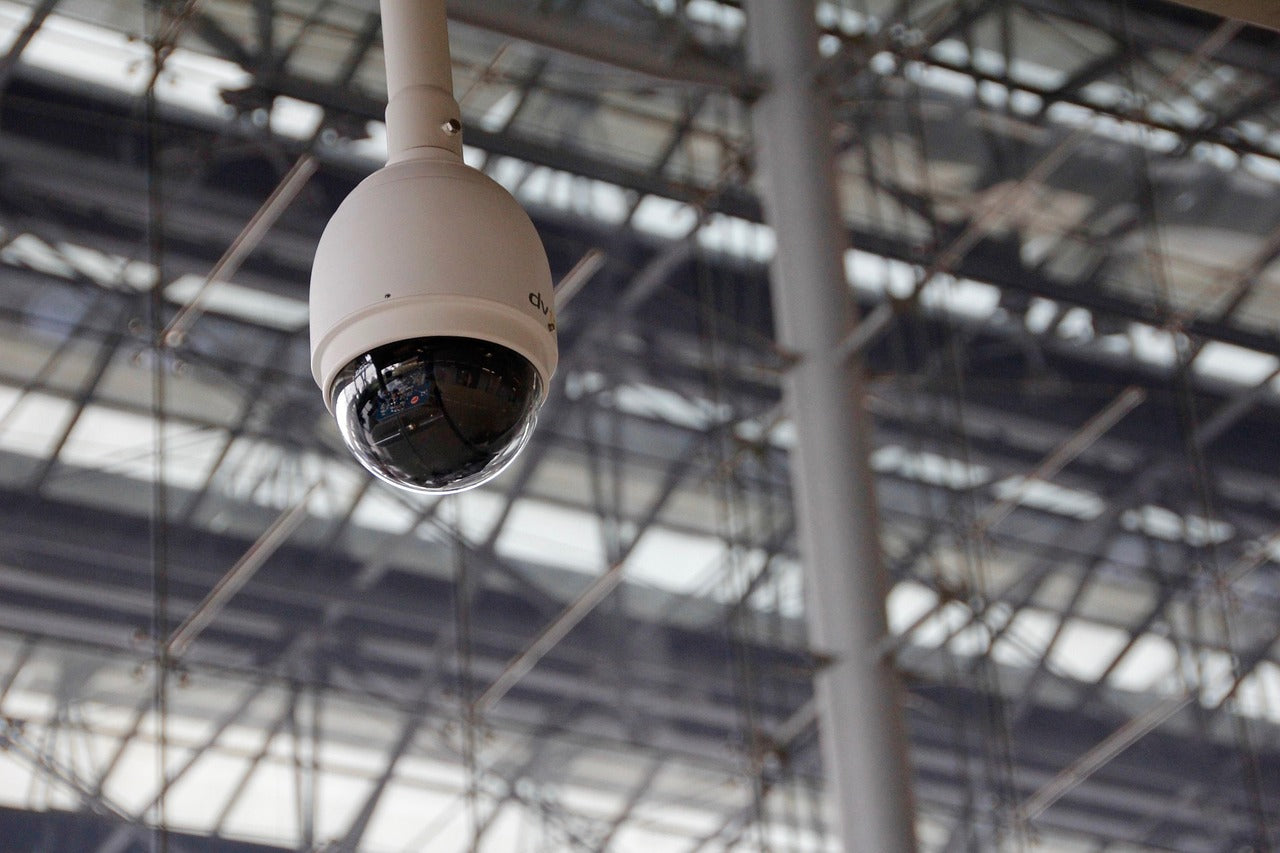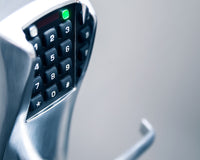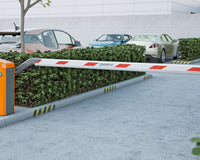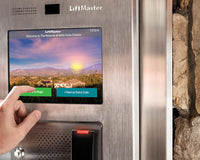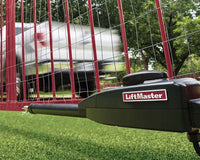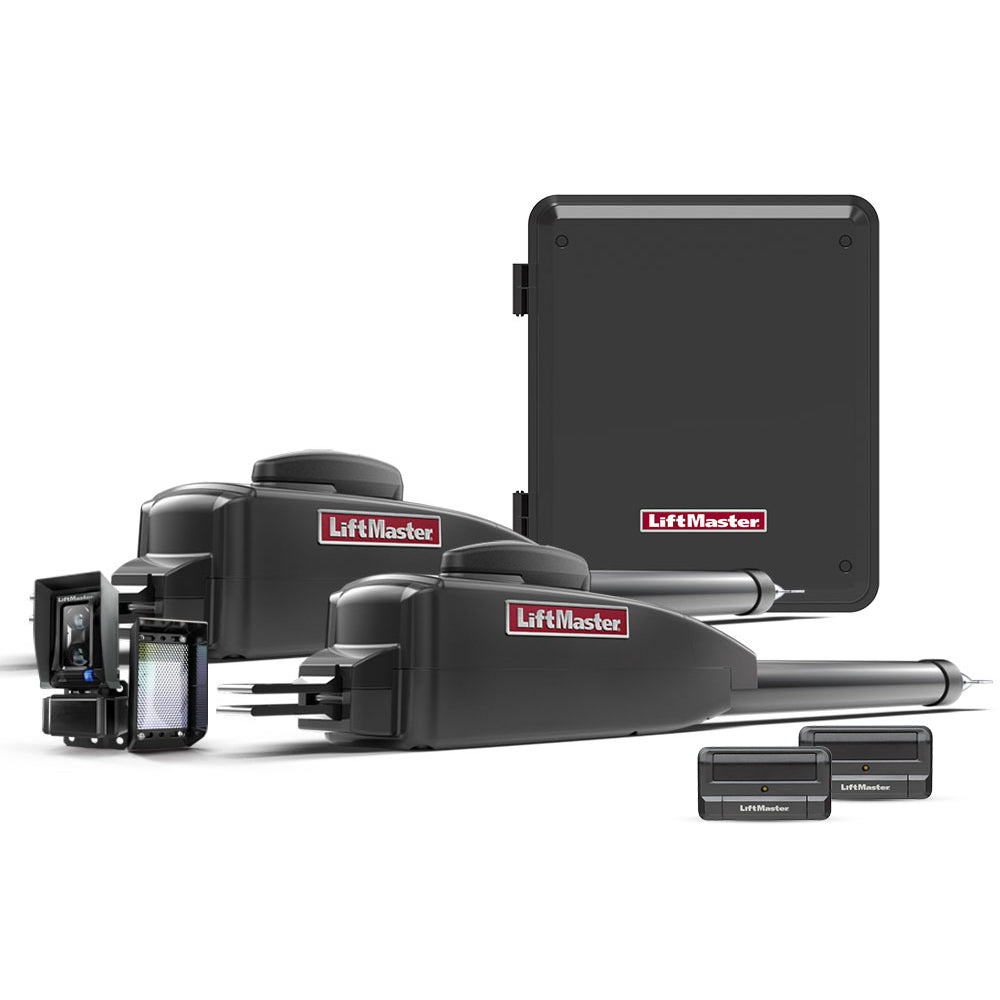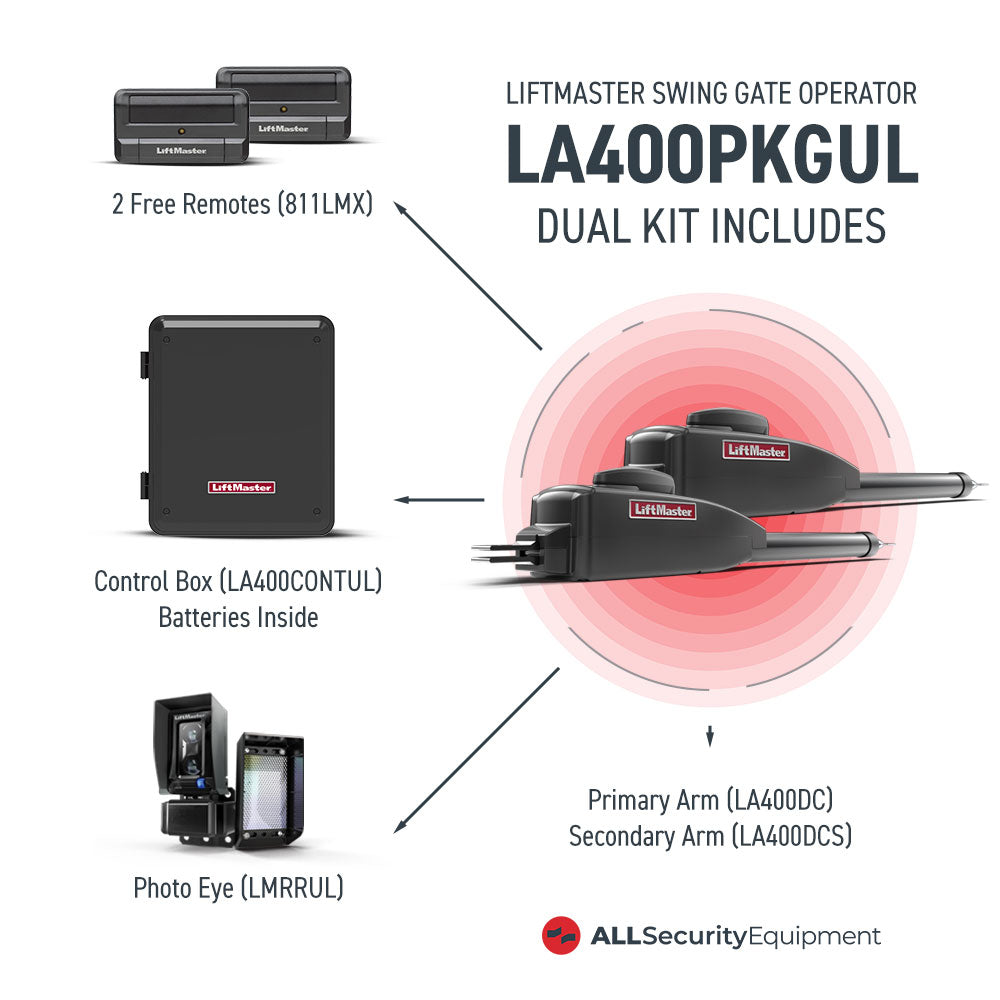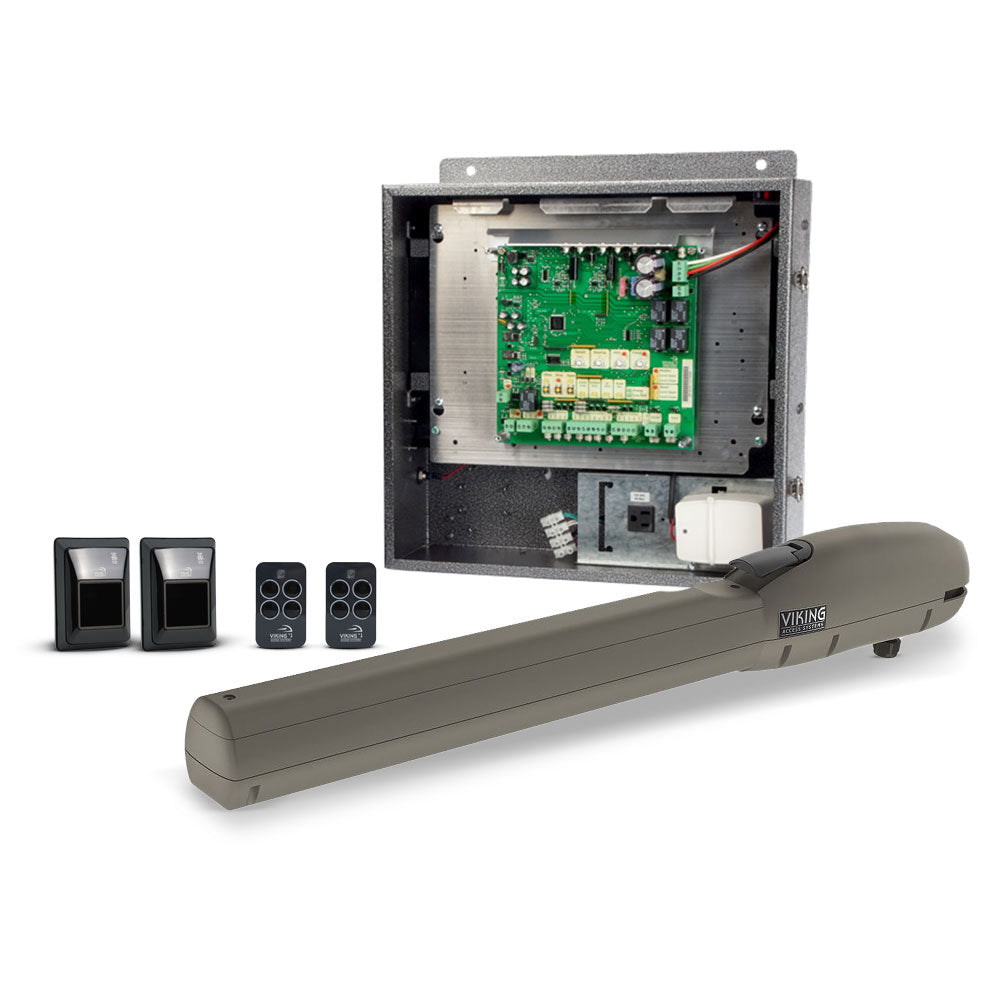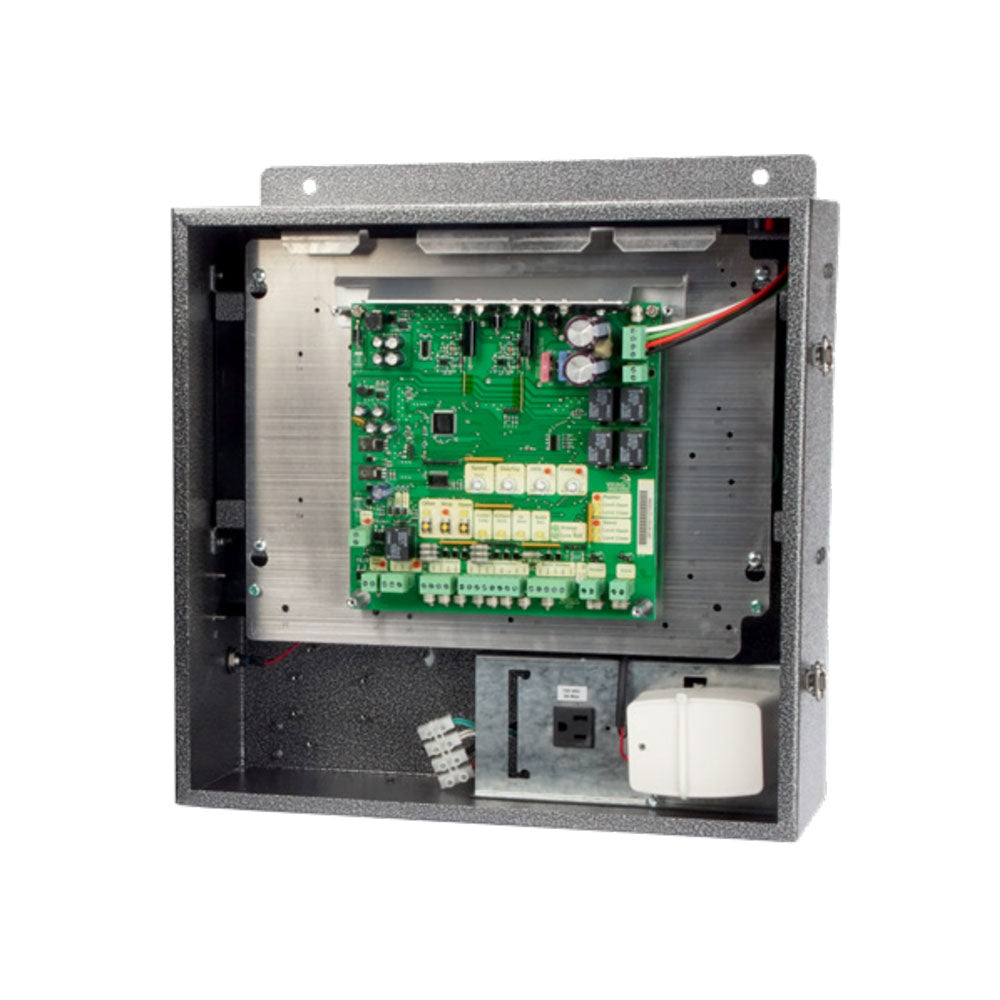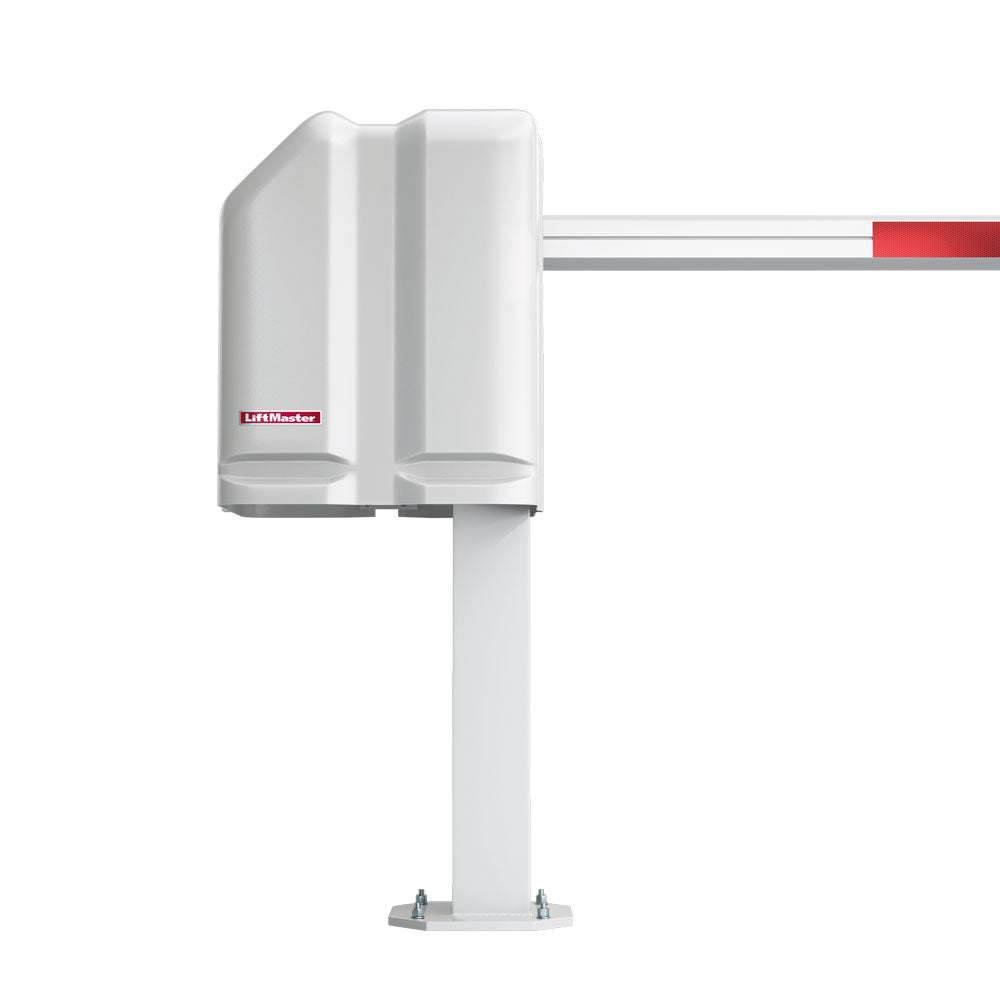In memory care environments, few challenges are more critical than preventing resident wandering. For seniors living with Alzheimer’s or dementia, the instinct to walk away—often referred to as elopement—can pose life-threatening risks. Facilities that specialize in dementia care must take a proactive approach to senior care security, not just for resident safety but also to manage liability, staffing, and operational costs.
When security is addressed thoughtfully, it delivers a clear security system ROI in healthcare environments—protecting both people and budgets.
The Cost of Inaction in Memory Care
Communities that delay investment in secure environments risk high costs, including:
-
Resident injuries from falls or environmental exposure
-
Emergency response costs due to missing residents
-
Regulatory fines tied to safety violations
-
Legal claims or insurance rate increases
-
Staff stress and turnover from preventable incidents
These expenses far outweigh the investment required to build a secure, well-monitored memory care environment. In fact, factoring security into your senior living security budget often leads to fewer incidents and better outcomes across the board.
Security Systems That Prevent Wandering
To support safety without creating an institutional feel, top-performing facilities use a blend of subtle, code-compliant technologies. These include:
1. Delayed Egress Door Locks
Doors remain locked for 15 seconds after attempted exit, giving staff time to intervene. These are commonly installed at exterior exits and memory unit boundaries.
2. Wander Management Systems
Wearable devices like RFID bracelets send alerts when residents approach monitored exits. These systems reduce risk while maintaining personal dignity.
3. Video Surveillance + Smart Alerts
Modern camera systems give staff live insight into high-risk areas, reducing the need for constant physical supervision while improving emergency response times.
4. Motion and Bed Exit Sensors
Motion detection and pressure-sensitive devices can alert caregivers the moment a high-risk resident begins to move toward an exit.
These tools together make up a cost-benefit security assisted living solution that minimizes risk while maximizing operational efficiency.
Investing in Safety: A Smart Use of Budget
For operators worried about the cost of assisted living improvements, it’s worth noting how security enhancements often pay for themselves over time. Here’s why:
-
Avoiding just one fall-related claim or wandering emergency can save thousands
-
Better monitoring improves staff efficiency, reducing labor strain
-
Demonstrated safety lowers insurance premiums and boosts family confidence
Facilities that prioritize investing in safety for elder care aren’t spending frivolously—they’re preventing future costs.
Adding these systems into your security budget is not just a smart move—it’s a strategic one.
Supporting Mental Health and Quality of Life
It’s essential that safety upgrades do not compromise a resident’s quality of life. In dementia care, mental health is strongly influenced by routine, environment, and a sense of personal space.
To strike the right balance:
-
Use non-invasive tech like discreet wearables and silent alarms
-
Train staff to redirect residents calmly instead of restricting movement
-
Design environments with natural barriers (like gardens or soft flooring)
-
Integrate visuals and lighting to reduce confusion or agitation
The result is a safer environment where residents feel respected and at ease—and staff feel supported and prepared.
Making Informed Decisions for Long-Term Care
Senior living administrators face many tough choices when building or expanding memory care services. By understanding the security system ROI in healthcare, teams can make informed decisions that align with both safety goals and financial realities.
Investing in security for memory care isn’t about reacting to worst-case scenarios—it’s about planning ahead. Communities that build their systems thoughtfully can:
-
Reduce incident reports
-
Improve caregiver response time
-
Strengthen licensing and audit outcomes
-
Improve long-term occupancy and satisfaction
This is why allocating a portion of your pay for assisted living budget to security enhancements is not only justifiable—it’s essential.
Final Thoughts
Memory care communities must be designed for dignity and protection. With rising expectations from regulators and families, security can no longer be treated as an afterthought.
When you plan with intention, your senior care security strategy becomes a long-term asset—supporting safety, efficiency, and peace of mind for everyone involved.
Want to build a safer, smarter memory care environment?
Visit All Security Equipment to explore access control, alert systems, and monitoring tools designed for senior care.

